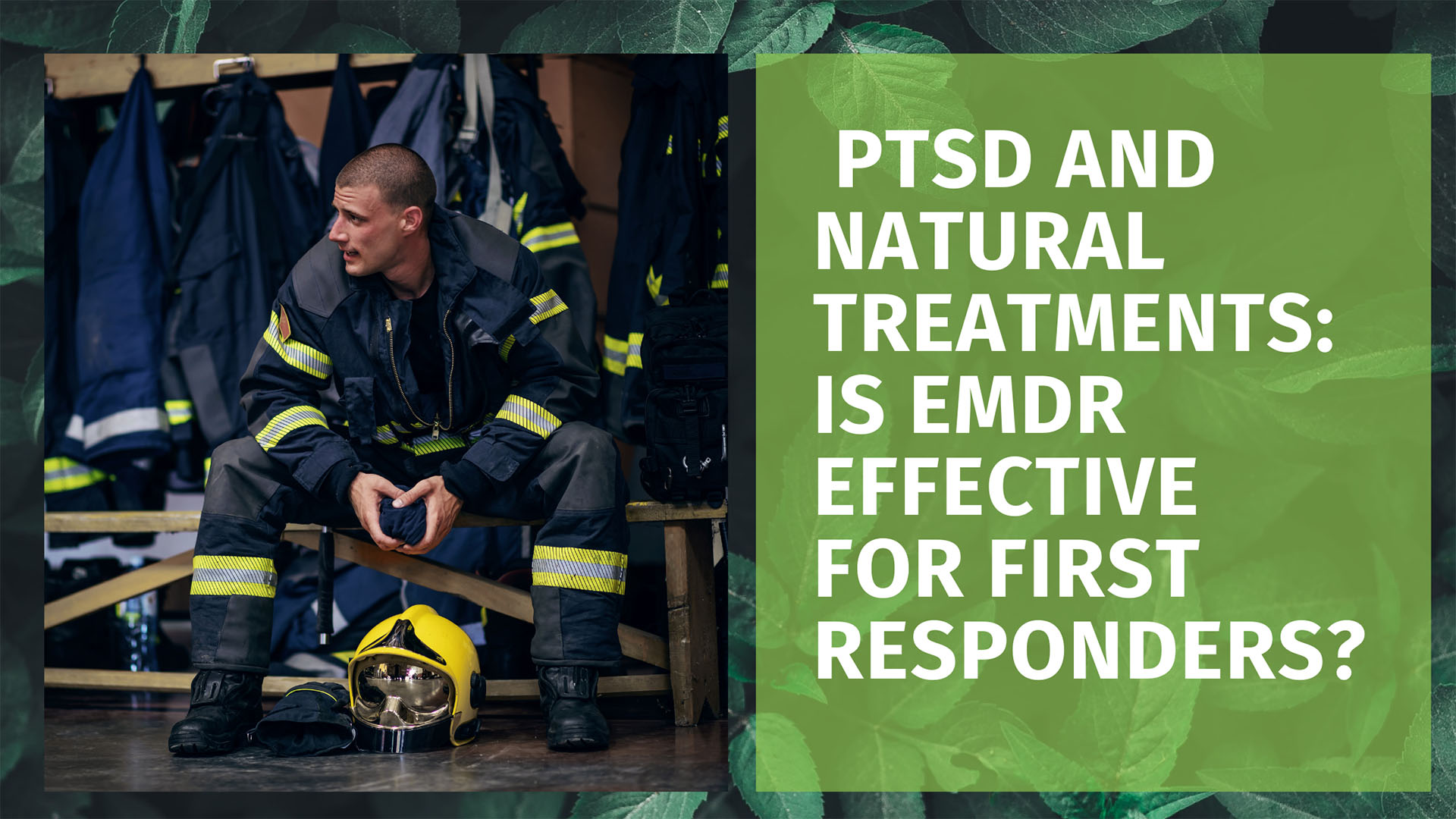
Effective PTSD Natural Treatments for First Responders: Helping the Helpers
The incidence of Post-traumatic Stress Disorder (PTSD) in first responders continues to rise in our modern world and it shows no signs of reducing any time soon. If you’re a first responder, do you know what your PTSD natural treatment options are?
First Responders and Symptoms of PTSD
There’s no doubt that first responders see the results of more disturbing events in their working week than many of us do during our entire lifetime. For many first responders, exposure to those events may lead to diagnosis of PTSD.
What Are the Symptoms of PTSD?
PTSD can present itself in a variety of ways, both physical and emotional, and it’s important to remember that symptoms may not appear for quite some time after the event.
Symptoms of PTSD can include:
- Flashbacks, recurring thoughts, nightmares
- Feelings of guilt, anger, hopelessness
- Problems sleeping, anxiety, nervousness
- Avoidance of people and places that may remind you of the events
- Loss of interest in normal activities that you used to enjoy
- Increased use of alcohol, drugs, food, and other high-risk behaviour
- The Challenges for First Responders Seeking Help
- The culture that first responders work in is different from most workers and this can create extra barriers to seeking help.
First responders are expected to be able to cope with anything and you may feel that experiencing symptoms of work-related trauma will be seen as a weakness. This is not the case.
 Asking for help is not a sign of weakness, it’s a sign that you are taking control of your own health and wellbeing. One in five people will experience mental health issues at some point in their lives and the figures are increased significantly for first responders.
Asking for help is not a sign of weakness, it’s a sign that you are taking control of your own health and wellbeing. One in five people will experience mental health issues at some point in their lives and the figures are increased significantly for first responders.
Another challenge first responders face with seeking treatment for PTSD is that, often, its difficult to recognize the symptoms. What other people might see as symptomatic, you may see as just part of the job.
Some first responders are concerned that if they seek treatment for PTSD treatments, they may be asked to take medications that will negatively affect their ability to perform their job.
EMDR is a natural treatment and is conducted without the use of medications. However, it can be used in conjunction with other therapies. This means if you are already seeing a therapist, you can continue to do so.
The Benefits of EMDR as a PTSD Natural Treatment
Eye Movement Desensitization Reprocessing (EMDR) is a relatively new treatment technique that is natural, non-invasive and safe. It was created in 1989 by Francine Shapiro, a Psychologist from California.
While attempting to ease her own anxiety, Ms. Shapiro discovered that moving her eyes from left to right repeatedly, produced a calming effect.
Since then, the EMDR process has developed into an eight-phase system, known to help people reduce the effects of trauma and symptoms of PTSD quickly and effectively.
After receiving EMDR, not only do people report a reduction in stress and anxiety levels but also physical symptoms such as high blood pressure have been reduced.
High-risk behavior as well as alcohol and drug abuse often lessen after receiving EMDR counseling.
How Does the EMDR Process Work?
Although the EMDR consists of eight phases, how long you remain in each phase is different for everyone.
In your first sessions, you will work with your therapist to identify processing targets for you to work on. Your therapist will gather information from you about your history, your symptoms and previous coping strategies or treatments.
You will learn safety techniques and strategies for your treatment including how to turn negative thoughts into positive ones.
What Happens When EMDR Treatment Begins
When treatment begins you will be asked to hold an image in your mind of the traumatic events or incidents. While holding this image, you’ll watch your therapist as they move a finger or other object from right to left in front of you.
This process gradually diminished the emotional response to the image you hold in your mind.
Closure and evaluation are important aspects of EMDR and the eighth, or final phase, of the treatment cover those.
PTSD Natural Treatments for First Responders
First responders are important members of our community and most are highly dedicated to their work.
In order to perform your work to your best ability, you need to be as physically and emotionally well as possible.
This is why it’s so important you receive the help you need for PTSD, so that you can get back to doing what you do best.
Contact Real Life Counseling today to discuss your options for EMDR, a safe natural treatment for PTSD and other conditions.


